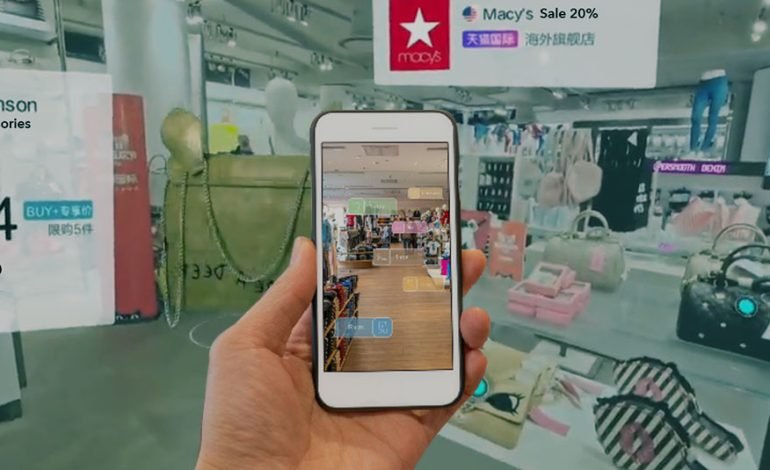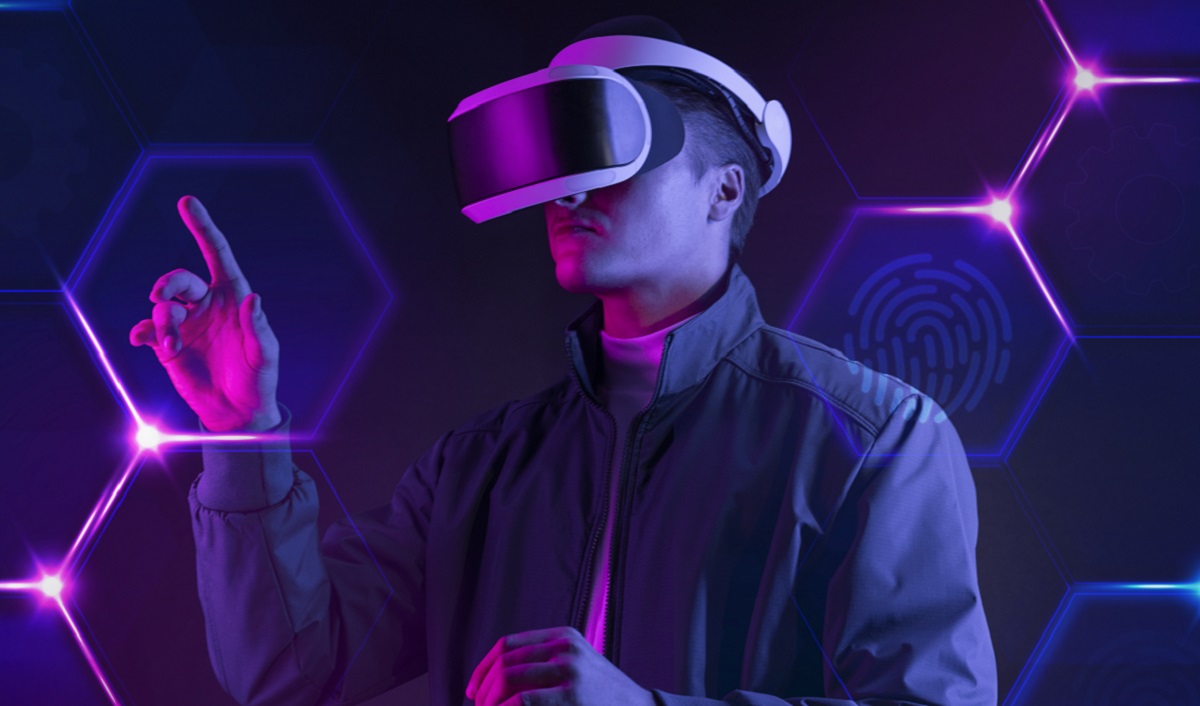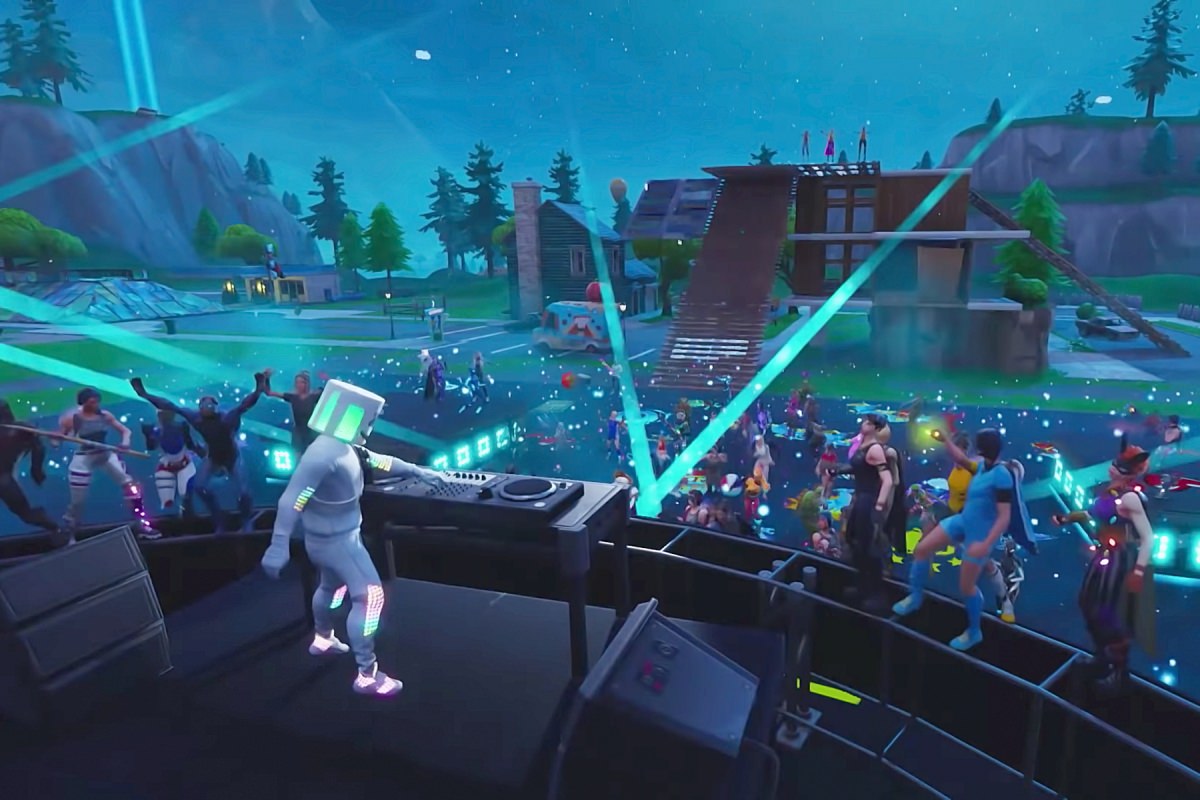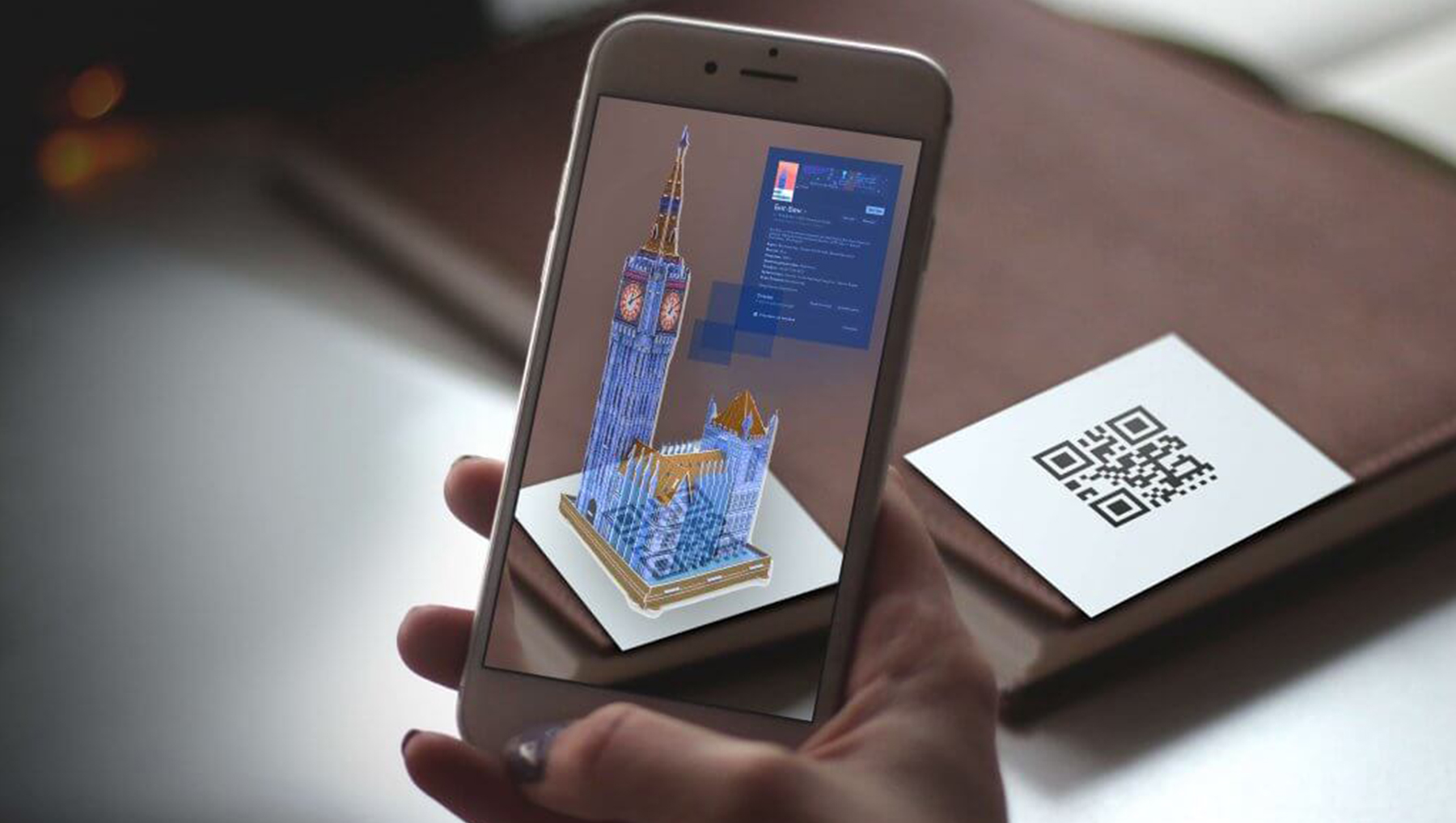Virtual Reality in Education: A Game Plan for the Future

As technology continues to evolve rapidly, so too does the educational landscape. VR education, or virtual reality education, is quickly becoming the next step in classroom learning. With its ability to simulate real-life experiences and create engaging and immersive learning environments, VR education can revolutionize how students learn and interact with the world around them. In this blog post, we will explore the possibilities of VR education and create a game plan for how best to incorporate it into our educational systems in the future.
The Potential of Virtual Reality in Education

In today’s digital age, virtual reality (VR) can potentially transform the education landscape as we know it. Imagine a classroom where students can enter ancient civilizations, explore the human body in intricate detail, or travel to outer space, all without leaving their desks. VR education can bring learning to life in a way that textbooks simply cannot.
One of the greatest potentials of VR in education is its ability to create immersive and engaging learning experiences. By transporting students to different places and times, VR can spark curiosity and make learning more interactive and enjoyable. It can enable students to see and experience things they would never otherwise have the opportunity to, making concepts and ideas easier to understand and remember.
Additionally, VR can provide a safe environment for students to practice real-world skills, such as medical procedures or engineering designs, without the risk of harm. It allows for hands-on learning experiences that foster critical thinking and problem-solving skills. Students can actively engage with the content and apply their knowledge in a practical setting, enhancing their understanding and retention of information.
Real-World Applications of VR in the Classroom
Virtual reality (VR) can bring the outside world into the classroom like never before. The real-world applications of VR in the classroom are diverse and exciting. For example, in science classes, students can explore the inside of a cell or witness a chemical reaction up close. In history classes, they can virtually visit historical sites or walk through ancient civilizations. In geography classes, students can immerse themselves in different landscapes or visit famous landmarks worldwide. VR also has immense potential in vocational education, allowing students to practice skills in a realistic virtual environment.
Not only does VR provide students with immersive experiences, but it also fosters collaboration and critical thinking. Students can work together in virtual environments to solve problems, develop communication skills, and learn to work effectively in teams. They can practice scenarios that would be too costly, dangerous, or logistically challenging to recreate in real life.
Moreover, VR can cater to individual learning needs by providing personalized and adaptive experiences. Students can learn independently and explore topics in-depth through interactive simulations and activities.
Benefits and Limitations of VR in Education

Virtual reality (VR) education offers a multitude of benefits, but it is not without its limitations. One of the main advantages of VR in education is its ability to create immersive and engaging learning experiences. Students can step into different environments and engage with content in a way that sparks curiosity and makes learning enjoyable. It can also provide a safe space for students to practice real-world skills, allowing for hands-on learning experiences that foster critical thinking and problem-solving abilities.
Additionally, educational VR can cater to individual learning needs, providing personalized and adaptive experiences. Students can learn independently and explore topics in-depth through interactive simulations and activities. This allows for a more personalized and practical learning experience.
However, there are limitations to consider. One primary concern is the cost of implementing VR technology in educational settings. VR headsets and equipment can be expensive, making adopting this technology challenging for some schools. Furthermore, there may be a learning curve for students and teachers in utilizing VR effectively in the classroom.
Implementing VR in Your Educational Setting
Implementing VR in your educational setting can seem daunting, but with careful planning and consideration, it can be a transformative addition to your classroom. Here are some steps to help you successfully integrate VR into your educational setting.
- Assess your needs and goals: Identify the educational objectives you want to achieve with VR. Determine the subject areas or topics that could benefit most from a virtual reality experience. This will help you prioritize your efforts and allocate resources effectively.
- Choose the proper hardware and software: Research and invest in VR headsets and equipment that align with your educational goals and budget. Consider factors such as ease of use, compatibility with existing systems, and content availability. Explore different software platforms and applications that offer educational VR content relevant to your curriculum.
- Train your teachers and staff: Provide training and support to your teachers and staff on effectively integrating VR into their lessons. Familiarize them with the hardware, software, and available content. Encourage collaboration and sharing of best practices among educators to maximize the benefits of VR.
- Design and curate VR content: Explore existing VR educational content and consider creating your own. Collaborate with subject-matter experts, developers, and content creators to ensure the content is aligned with your curriculum and learning objectives. Regularly review and update the content to keep it fresh and engaging.
- Start small and scale up: Pilot VR in a specific classroom or subject area. Monitor and evaluate the impact of VR on student engagement, learning outcomes, and teacher effectiveness. Use this data to inform your decisions and make adjustments as necessary. Once you have a successful implementation, consider expanding the use of VR across your educational setting.
By following these steps and remaining open to experimentation and feedback, you can successfully implement VR in your educational setting. Remember, the ultimate goal is to enhance student learning experiences and prepare them for the future in an engaging and immersive way.
Overcoming Challenges and Concerns with VR Adoption
Implementing virtual reality (VR) in education may come with its fair share of challenges and concerns, but with careful planning and preparation, these obstacles can be overcome. One of the main challenges is the cost of implementing VR technology in educational settings. VR headsets and equipment can be expensive, making it difficult for some schools to afford. However, more affordable options, such as smartphone-based VR headsets, can still provide valuable VR experiences.
Another concern is the learning curve for both students and teachers. VR technology is relatively new in educational settings, so it may take time for students and teachers to adapt and fully utilize its potential. Training and support are essential to help teachers feel confident in incorporating VR into their lessons.
Additionally, ensuring that VR content is aligned with the curriculum and learning objectives can be a challenge. It may require collaboration with subject-matter experts, developers, and content creators to ensure the content is accurate and effective.
Despite these challenges, the benefits of VR in education outweigh the concerns. With proper planning, training, and resource allocation, VR can revolutionize the educational landscape and provide students with immersive and engaging learning experiences. Overcoming these challenges is a worthwhile that can enhance student engagement and learning outcomes.
Future Possibilities and Developments in VR for Education
The future of virtual reality (VR) in education holds exciting possibilities and potential developments. As technology advances, VR will become more accessible and immersive, providing students unparalleled learning experiences. Here are some future possibilities and developments to look forward to:
- Improved hardware: VR headsets and equipment will become more affordable, lightweight, and comfortable, making them easier to incorporate into educational settings. Advances in technology will also enhance visual and auditory experiences, further immersing students in virtual worlds.
- Expanded content library: The range of VR educational content will continue to expand, covering various subjects and topics. Students will have access to virtual experiences that allow them to explore anything from art history to environmental science, fostering a deeper understanding and connection to the material.
- Enhanced interactivity: Future developments may introduce haptic feedback, allowing students to touch and feel virtual objects, enhancing their learning experience. Gesture recognition and eye-tracking technology also enable more natural and intuitive interactions within the virtual environment.
- Augmented reality integration: As augmented reality (AR) technology advances, it may be integrated with VR, combining real-world elements with virtual experiences. This integration could create more dynamic and interactive learning environments where students can simultaneously interact with physical and virtual objects.
- Global collaboration: With VR, students worldwide can connect and collaborate in virtual spaces, breaking geographical barriers and fostering cross-cultural understanding. Virtual classrooms and collaborative projects can promote global citizenship and prepare students for a globalized workforce.





